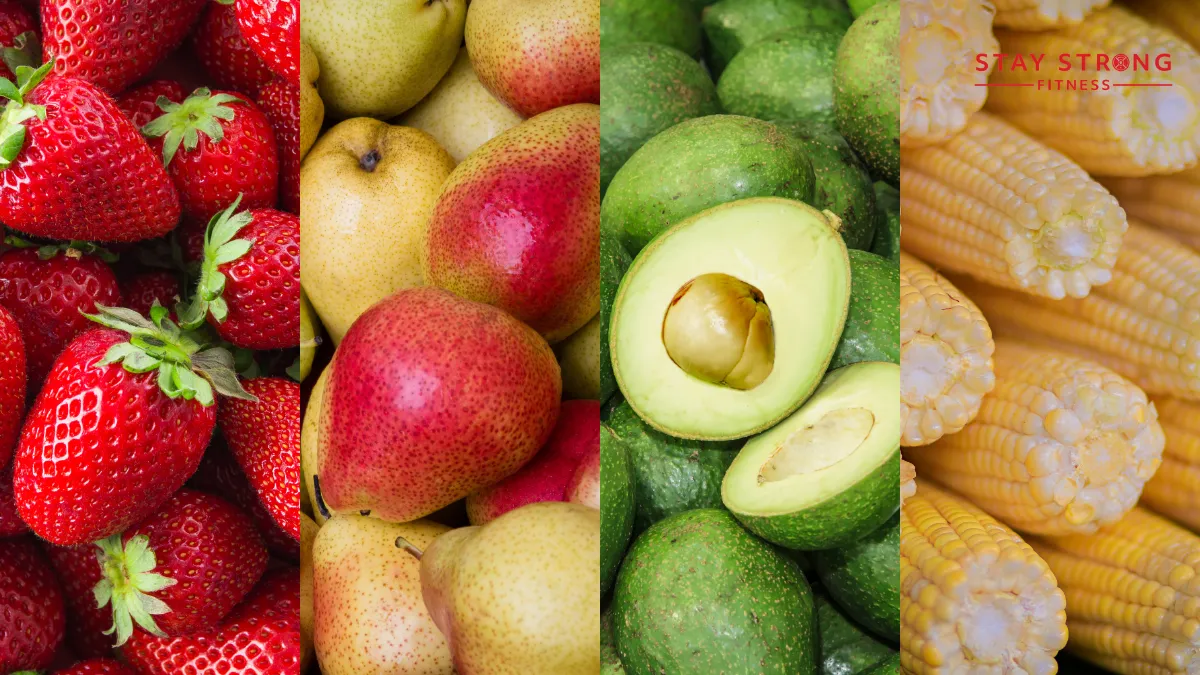
BLOG

Pesticides and Produce: The Dirty Dozen and The Clean Fifteen
The dirty dozen refers to a list of fruits and vegetables with the highest pesticide residue based on USDA data and changes every year. In the year 2025, spinach ranked the highest, meaning it has the most pesticide residue than any other fruit/veggie. Second was strawberries, third was kale/collard/mustard greens, fourth was grapes, and fifth was peaches. Cherries came in sixth, nectarines in seventh, and pears in eight. Lastly, apples in ninth, blackberries in tenth, blueberries in eleventh, and potatoes in twelfth.
When shopping at the grocery store, it is a good idea to keep the dirty dozen list in mind to determine which items you should buy that are organic vs not organic. A total of 203 pesticides were found on the dirty dozen and every item (except potatoes) had on average four or more pesticides detected on individual samples.
Pesticides are toxic and the goal is to reduce exposure as much as possible. The health risk depends on the toxicity of the pesticide and the amount of exposure however symptoms include skin and eye irritation, nausea, dizziness, confusion, and respiratory problems. Chronic exposure has been linked to long-term health problems such as cancer, birth defects, or diabetes. As a consumer, we need to be aware of the toxicity in our food and make a conscious choice to fuel our body with the proper food.
The clean fifteen refers to produce that tends to have the least pesticide residues. Therefore, they may not be as a priority to buy organic from the grocery store. The number one clean produce item is pineapples, followed by sweet corn, avocados, papaya, onion, sweet peas (frozen), asparagus, cabbage, watermelon, cauliflower, bananas, mangoes, carrots, mushrooms, and finally kiwi.
The clean fifteen and the dirty dozen are quick and helpful guidelines when deciding what produce to buy from the supermarket. The lists are not meant to sway one from eating the items listed in the dirty dozen, or only eat the food in the clean fifteen, rather be cautious and educated regarding their pesticide content.
Fitness | Nutrition | Support